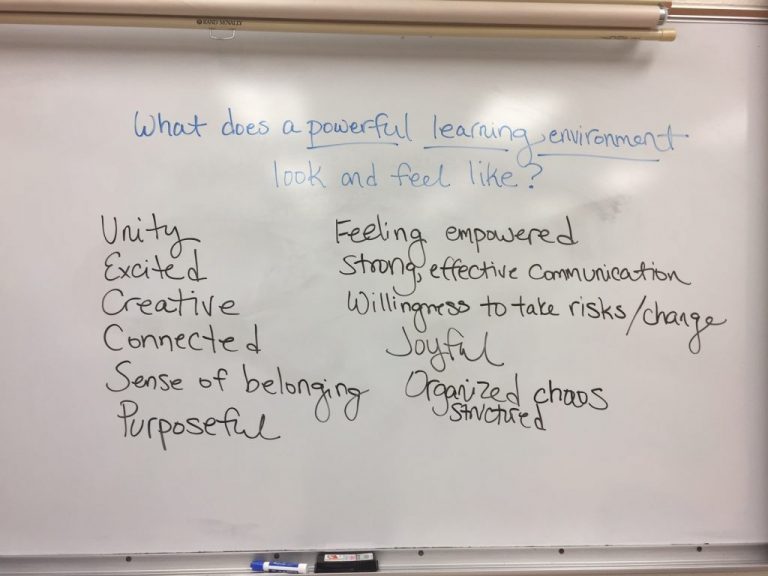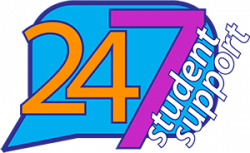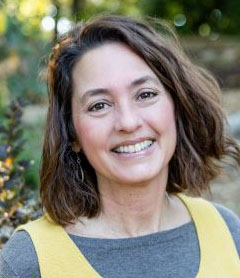You remember when I said I read about creativity for fun?
Just in the last month, I enrolled in an MIT massive open online course (MOOC): “Launching Innovation in Schools.”
This course — which is free and open to all — is co-taught by Peter Senge, author of “The Fifth Discipline: The Art and Practice of the Learning Organization.” I blogged about that book back in November.
Here’s a quick summary of the course:
Every great teacher and every great school constantly works towards creating better learning conditions for students. Just as we hope our students become lifelong learners, we as educators should be constantly learning and improving. This education course is for school leaders of all kinds (from teacher-leaders to principals to superintendents) who are launching innovation in schools–starting new efforts to work together to improve teaching and learning.
“Launching Innovation in Schools” started in early February and continues through April. Its target audience is K-12 educators, but most of its themes and strategies apply to higher education.
I’m already discussing some of the ideas with the Campus Engagement Workgroup … and will bring back highlights to share in this space. If you would like to join the course, it’s not too late to enroll.
Some of the best takeaways so far …
- Joy is the energy of innovation … I love this direct connection, as I’m obsessed with both joy and creativity. Remember this when the going gets tough … or you think fun is frivolous. I’ve written about the power of joy here … here … and here.
- Build from our strengths: New innovations are ideally aligned with the great work that is already happening at Virginia Western. What makes VWCC distinctive? What are some of the signature strengths of our college? What major initiatives are going on already that we can build from?
- Don’t wait for the perfect plan to innovate. Start experimenting … prototyping … creating change now. Just get started, and don’t get hung up on a long-term plan.
- Deep change doesn’t happen because of one person, even if it’s a charismatic leader. It’s almost always a result of partnerships and collaborations. Want to get something started? Form a “dynamic duo” with a colleague who shares your passion for the topic. I’ve written about “dynamic duos” before.
- What does a powerful learning environment look and feel like? Members of the Campus Engagement Workgroup wrestled with this question during a recent meeting, and the words that came to mind included: Unity, excited, creative, connected, sense of belonging, purposeful, feeling empowered, strong communication, willingness for risk/change, joyful, and organized chaos. Do you think VWCC is a powerful learning environment? Some of us felt like this was happening in classrooms across campus, but we didn’t have those feelings about the college as a whole. We’ll continue to explore ways to share knowledge and success stories, in the spirit of a true learning organization.

— Stephanie Ogilvie Seagle, February 2020






 Shelley Lyons is glad to be back on campus as she is a Virginia Western alum, and has served as the Administrative Officer for Grants Administration at Virginia Western since early 2022. Prior to VWCC, her career focus was within the Human Services and Arts fields. She wrote her first grant in 1996 on a whim and has continued to plan and learn since that time. She most enjoys seeing a well-planned project come to fruition, where funder, project manager and beneficiaries can all feel success and see impact.
Shelley Lyons is glad to be back on campus as she is a Virginia Western alum, and has served as the Administrative Officer for Grants Administration at Virginia Western since early 2022. Prior to VWCC, her career focus was within the Human Services and Arts fields. She wrote her first grant in 1996 on a whim and has continued to plan and learn since that time. She most enjoys seeing a well-planned project come to fruition, where funder, project manager and beneficiaries can all feel success and see impact.